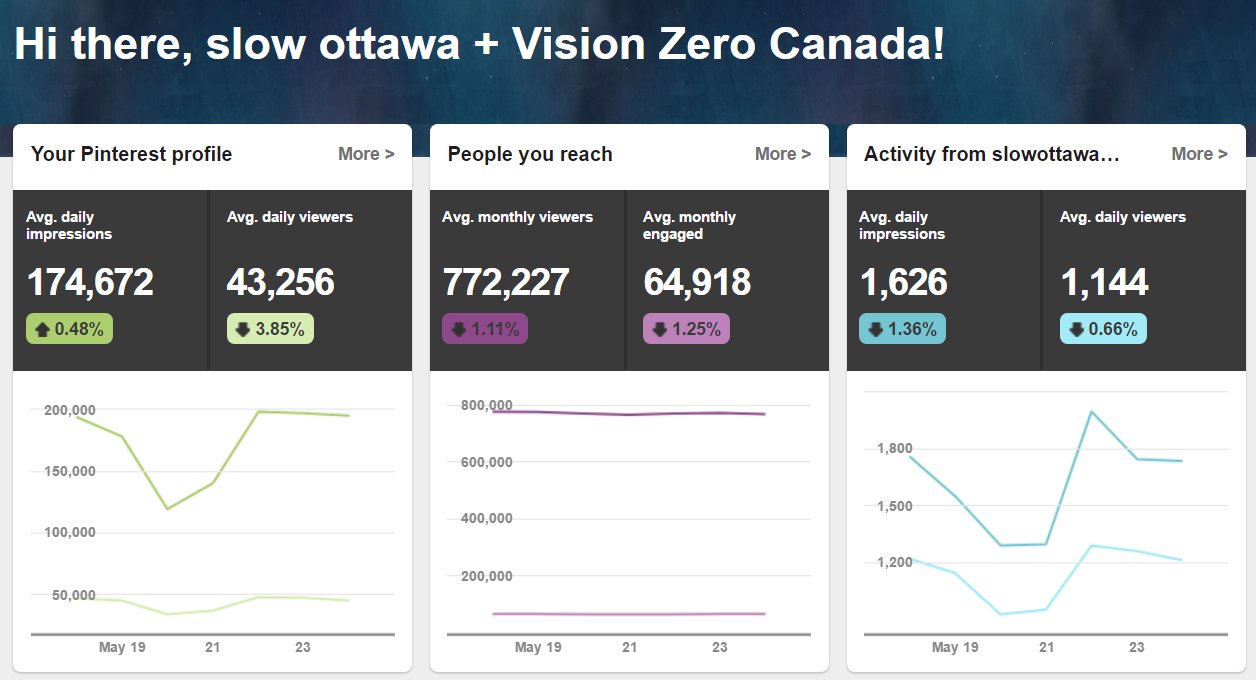
For more than two decades I’ve campaigned for many causes close to my heart — including academic freedom, historic preservation, sustainable living and safe active mobility.
Click on the items below for descriptions of my leadership role in diverse campaigns with national and international reach.

In 2003-2005, while teaching art history at Stanford University, I served as Vice President for Private Universities and Colleges of the California Conference of the American Association of University Professors (AAUP). In the latter capacity I played a leading role in a successful nationwide campaign to counter the mandating of conservative values in university classrooms. The so-called Academic Bill of Rights (ABOR)—vigorously promoted by several right-wing think tanks—was a thinly-veiled attack on the professionalism of academic workers, and an attempt to discredit policy critiques authored by academics. Some of my key statements in that debate, many of which originated as blog posts on the California AAUP website, have been collected in Stephen H. Aby, (ed.), “The Graham Larkin-David Horowitz Debate” in The Academic Bill of Rights Debate: A Handbook (Westport, CT: Praeger Press, 2007), pp. 67-90. Content from the CA-AAUP site has disappeared, but you can read my essay “What’s not to like about the Academic Bill of Rights” here; you can watch my PBS TV conversation with ABOR author David Horowitz; and you can read here about my debate with then-California State Senator (R) Bill Morrow.
By June 2017 I had long been a supporter of the US-based Drop the ‘A’ Word / #crashnotaccident campaign to rethink the language of traffic violence. So I was agreeable when I was asked to take over the campaign editorship at that point. The new job entailed looking out for reports of motor vehicle “accidents” and urging the writers (mostly via Twitter) to say crash or collision instead. The Associated Press has now incorporated #crashnotaccident thinking into their style guide, but there’s still plenty of work to be done.
See CULTURAL RESOURCES ASSESSMENT on the main menu for a description of my heritage preservation work.

Shortly after launching Vision Zero Canada in late 2015, I was approached by Rod King MBE, founder of the remarkable UK-based 20’s Plenty for Us campaign for safe (20 mph) urban and residential speed limits. Rod wanted to know if I would be willing to start a Canadian version of their fledgling European Love 30 (km/h) campaign for Ireland and continental Europe. I told him I’d be interested if I could localize the campaign with a logo based on a North American style speed limit sign, and with an independent website geared toward Canada.
Rod was rightfully wary of my proposal. So I devised a logo and a prototype website to show him exactly what I meant. Upon seeing it he gave me the green light, and the Love 30 Canada website and Twitter feed have been going strong since May 2016. When I began the campaign, dropping urban speed limits to 40 km/h was considered radically progressive in Canadian cities. But less than two years after the launch the nation’s largest newspaper ran an anonymous editorial perfectly encapsulating the Love 30 Canada mandate. Clearly the message had gotten home.


On the Slow Ottawa website and Twitter feed I campaigned heavily for public investment in sustainable urbanism, including the reduction of car dependency and the promotion of active mobility for people of all ages and abilities. Canada’s cities are dominated by automobiles, leading to shockingly high rates of vehicle-induced harm and low rates of walking and cycling as compared with other developed countries. Cities in Scandinavia and the Netherlands saw remarkable safety gains on their highways and city streets after establishing a zero-tolerance policy for death and serious injury, combined with failsafe methods of infrastructure design. In Sweden the plan is called Vision Zero, which is the name I adopted for the Canadian campaign. Since launching in 2015 I’ve made hundreds of media appearances nationwide, and (before retiring from Twitter) I gained close to 7,000 social media followers in the fight for safer, more equitable streets.
If there’s one statement that sums up my safe streets campaigning, it would be this image that I designed. It shows people of all ages and abilities, free to move safely around their community under their own steam.


I have long been worried about the destruction of our planet by global warming. In 2013 I began promoting more sustainable living with the Slow Ottawa website, a one-stop guide to financial, social and ecological well-being in Canada’s capital. It presents readers with countless ways to reduce their carbon footprint, and — crucially — to drive policy on all levels of government in the direction of ecological and economic resilience.

Despite the local focus, Slow Ottawa soon had considerable international reach, especially thanks to the Pinterest boards gathering ideas for sustainable urbanism in 30 categories. Within a few years those boards had more than 10,000 global followers, with over 770K monthly views and 65K engagements in the form of likes or repins. The Slow Ottawa Pinterest boards were the only non-American site listed in Planetizen’s Top 10 Websites of 2015.


